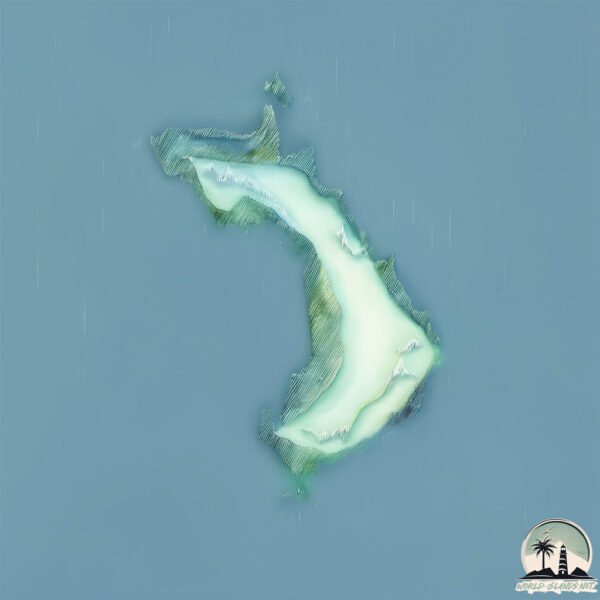Welcome to Lord Howe , a Temperate island in the Tasman Sea, part of the majestic Pacific Ocean. This guide offers a comprehensive overview of what makes Lord Howe unique – from its geography and climate to its population, infrastructure, and beyond. Dive into the details:
Geography and size of Lord Howe
Size: 16.3 km²Coastline: 43.8 kmOcean: Pacific OceanSea: Tasman SeaContinent: Oceania
Lord Howe is a Medium Island spanning 16 km² with a coastline of 44 km.
Archipel: –
Tectonic Plate: Pacific – The world’s largest tectonic plate, covering much of the Pacific Ocean, known for the Pacific Ring of Fire with extensive seismic and volcanic activity.
The geographic heart of the island is pinpointed at these coordinates:
Climate and weather of Lord Howe
Climate Zone: TemperateClimate Details: Humid Subtropical ClimateTemperature: Hot Summer
Climate Characteristics: With continuous rainfall and hot summers, this climate is common in some coastal regions, supporting diverse vegetation.
Topography and nature of Lord Howe
Timezone: UTC+10:30Timezone places: Australia/Lord_HoweMax. Elevation: 297 m Mean Elevation: 86 mVegetation: Mangrove ForestTree Coverage: 49%
The mean elevation is 86 m. The highest elevation on the island reaches approximately 297 meters above sea level. The island is characterized by Hills: Gently sloping landforms with rounded tops, having a maximum elevation between 200 and 500 meters. Hills contribute to a varied landscape on islands.
Dominating Vegetation: Mangrove Forest
Vegetation: 5 vegetation zones – Highly Diverse Island
Infrastructure and Travelling to Lord Howe
Does the island have a public airport? yes .
Does the island have a major port? no .
The mean population of Lord Howe is 20 per km². Lord Howe is Gently Populated. The island belongs to Australia .
Continuing your journey, Harwood is the next notable island, situated merely km away.
Error 403 The request cannot be completed because you have exceeded your
quota . : quotaExceeded
Australia is classified as Developed region: nonG7: Developed economies outside of the Group of Seven, characterized by high income and advanced economic structures. The level of income is High income: OECD.
News – Latest Updates and Headlines from Lord Howe
Stay informed with the most recent news and important headlines from Lord Howe. Here’s a roundup of the latest developments.
Loading...
Please note: The data used here has been primarily extracted from satellite readings. Deviations from exact values may occur, particularly regarding the height of elevations and population density. Land area and coastline measurements refer to average values at mean high tide.

